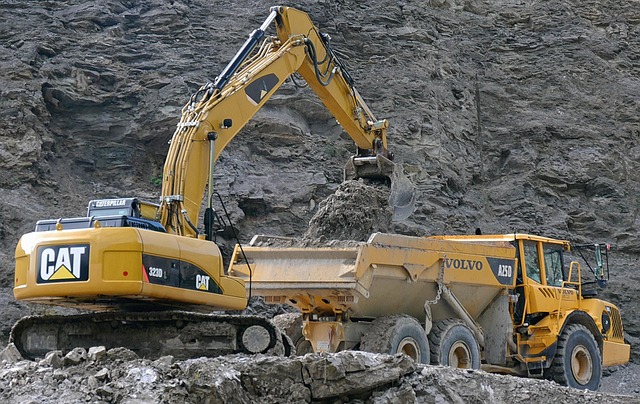Have you considered the effect of historical data degradation when making predictions? Using historical data that is outdated and irrelevant to current conditions might not be the most efficient use of forecasting data. If an organization relies on outdated data, it may not reflect current conditions, leading to less accurate predictions.
The problem with outdated forecasting data
Overfitting to historical data may result in less accurate predictions when applied to new data, while high variance may lead to wider confidence intervals, making accurate predictions difficult.
Let’s break it down.
Backtesting is a recommended technique for evaluating the accuracy and reliability of forecasting models. Expanding window, a statistical forecasting technique that gradually increases the size of the training dataset used, offers another solution. Backtesting evaluates the accuracy and reliability of forecasting models by testing them on historical data, and it might already be part of your process to improve your forecasts. However, backtesting should be approached with caution due to look-ahead bias.
With insight into this, you’d be better equipped to adjust production schedules
accordingly to meet changing demand levels, minimize the risk of excess inventory and its associated costs.
Taking the “Expanding windows” approach
The “Expanding windows” approach is recognized as a variation of the “Rolling windows” approach. This move optimizes prediction accuracy. How?
Let’s begin with dividing historical data into a series of windows, starting with a small initial window and gradually increasing its size to include more data points. By doing this, it helps capture short-term changes or trends in the data that may not necessarily be reflected in a longer historical period. This optimizes prediction accuracy and by continually updating models with the most recent data, you’re equipped to identify any short-term changes or trends.
.png)
Who can benefit from this?
Are you currently trying to:
- Predict demand efficiently,
- Forecasting currently using time-series data
- Dependent on external economic indicators in your forecasting
If you’re a components manufacturer operating in the industrial sphere, try out this approach. By continually updating your forecasting model with the latest sales data, you can identify any short-term changes or trends in demand that may not be captured by a longer historical period. Automotive manufacturers can better manage resource optimization - by getting a clearer, more accurate picture of expected sales volumes and production levels. With insight into this, you’d be better equipped to adjust production schedules accordingly to meet changing demand levels, minimize the risk of excess inventory and its associated costs.



